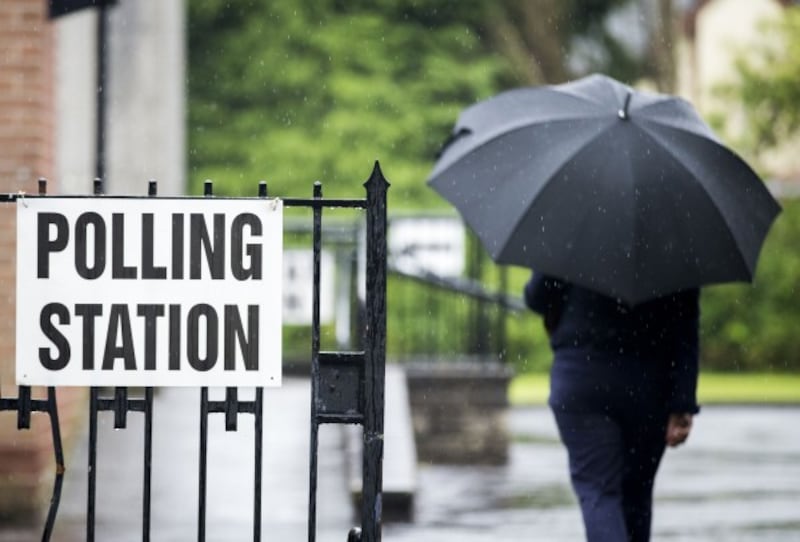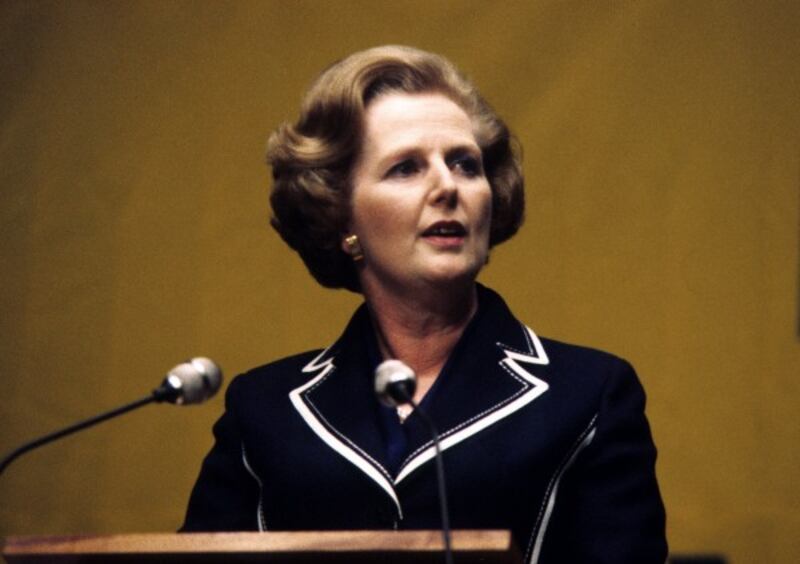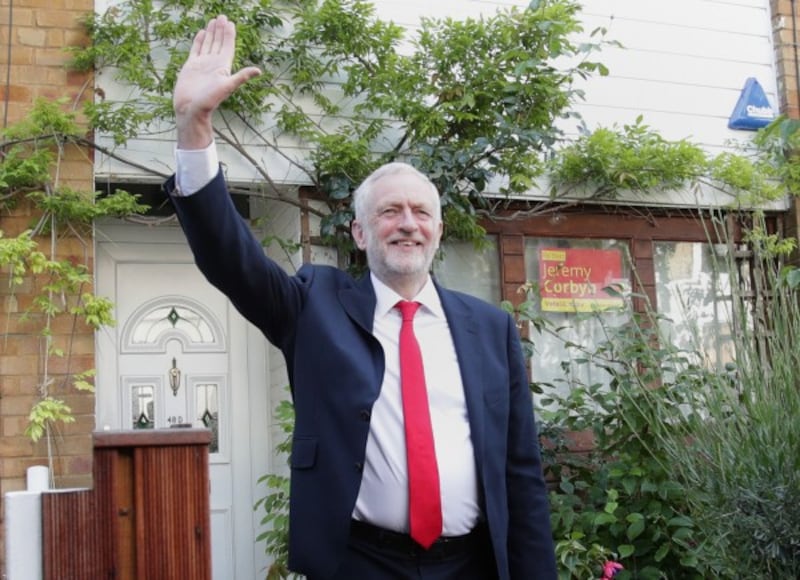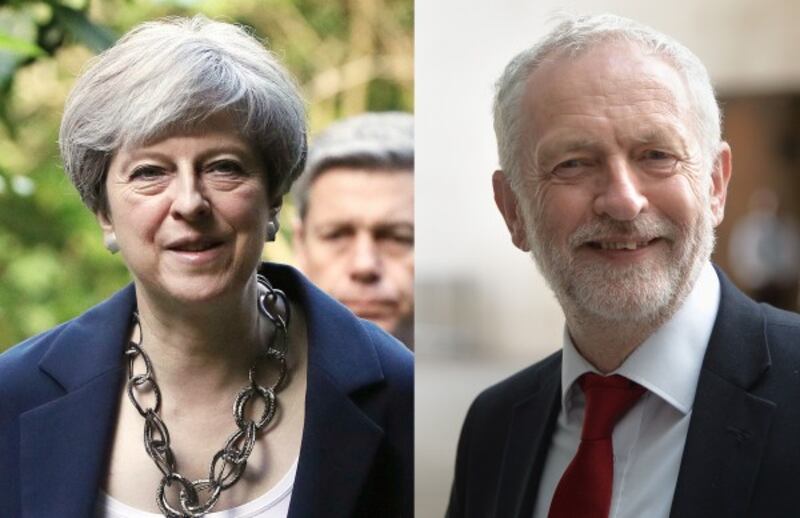Information and data can often create new narratives and the 2017 General Election certainly threw up some intriguing facts and stats.
But it appears not everything you come across on social media is true and here are some of the claims and bogus stats that have been circulating since the general election – together with what we actually know:
1. Turnout among 18-24-year-olds was 72%

There is no official data to back this up – and there never will be. The only figures on turnout to be published at general elections are those giving the overall turnout for each seat.
These numbers are never broken down by age, gender or any other factor.
Unofficial estimates of turnout by age are published by opinion poll companies a few months after a general election, but these are based solely on surveys and not on actual votes cast.
2. The Conservatives won more votes than any party since Margaret Thatcher was prime minister

This is not true, despite Boris Johnson reportedly saying as much in a WhatsApp message to House of Commons colleagues.
The Conservatives won 13.67 million votes in this year’s general election. But at the 1992 general election, when John Major was prime minister, the party won 14.09 million votes – which is still the largest number of votes ever won by a single party at a UK general election.
It’s worth noting that the size of the electorate at this election was the largest in history: 46.8 million.
With more people eligible to vote, there were more votes up for grabs, so there was always a chance both the Conservatives and Labour would poll very high.
3. It was the biggest swing to Labour since 1945

This is also not true. The overall swing from Conservative to Labour at this election was 2%.
In 1997 the swing from Conservative to Labour was 10%. This election did see the biggest rise in Labour’s share of the vote since 1945, however.
The share rose from 30.4% in 2015 to 40.0% in 2017 – a jump of 9.6 percentage points. In 1945 Labour’s share rose by 9.8 points.
4. Two-party politics is back

The combined vote share of the Conservatives and Labour at this election was 82.4%: the highest in any general election since 1970. In some parts of the country, such as north-west England and the West Midlands, the figure topped 90%.
But it wasn’t all bad news for the smaller parties.
By targeting specific seats, the Liberal Democrats were able to increase their number of MPs to 12 even though their share of the vote nationwide fell by 0.5 percentage points.
Plaid Cymru increased their MPs from three to four despite their vote share falling 0.1 points. And Caroline Lucas held on in Brighton Pavilion as the Greens’ sole MP, despite the party’s national vote share halving in size.








